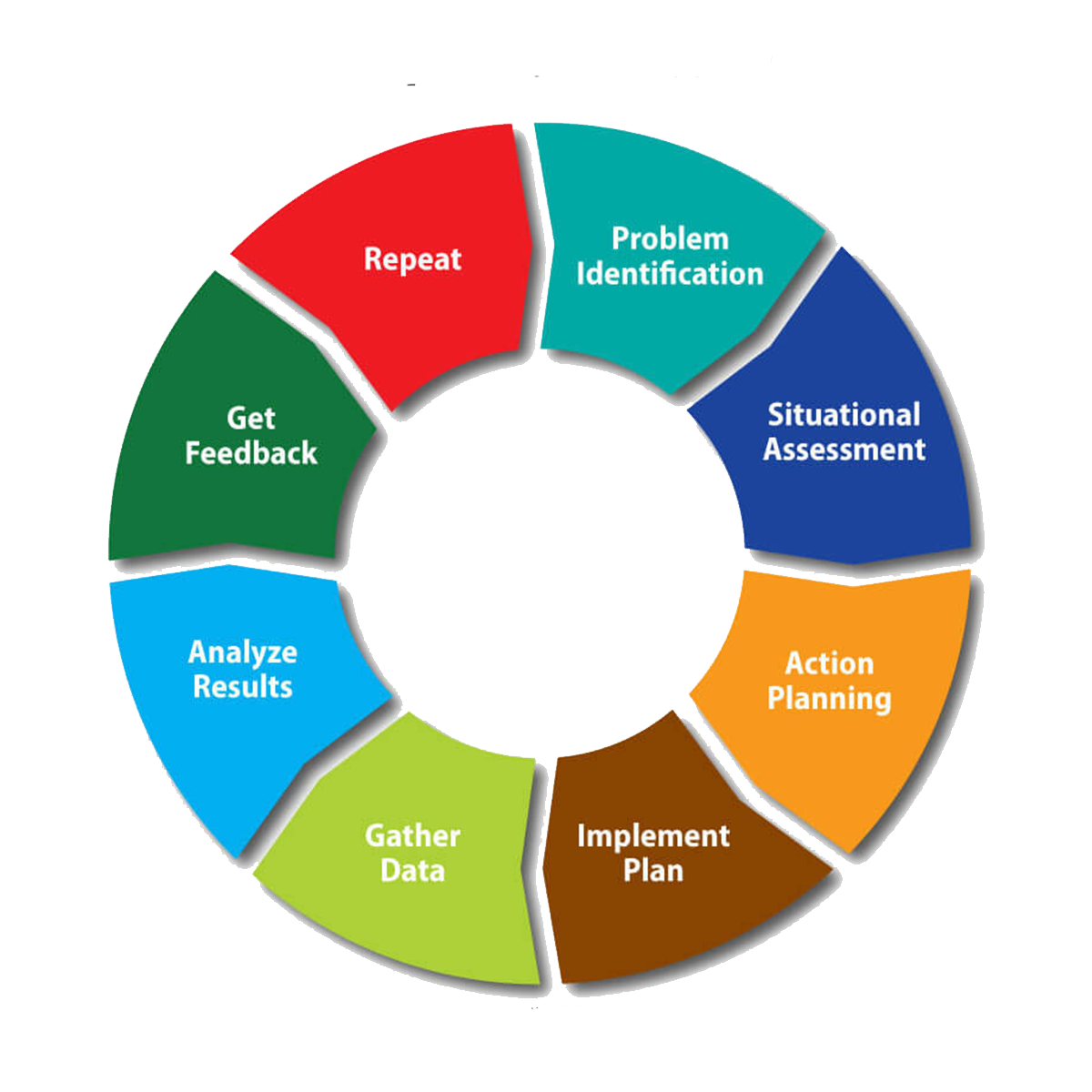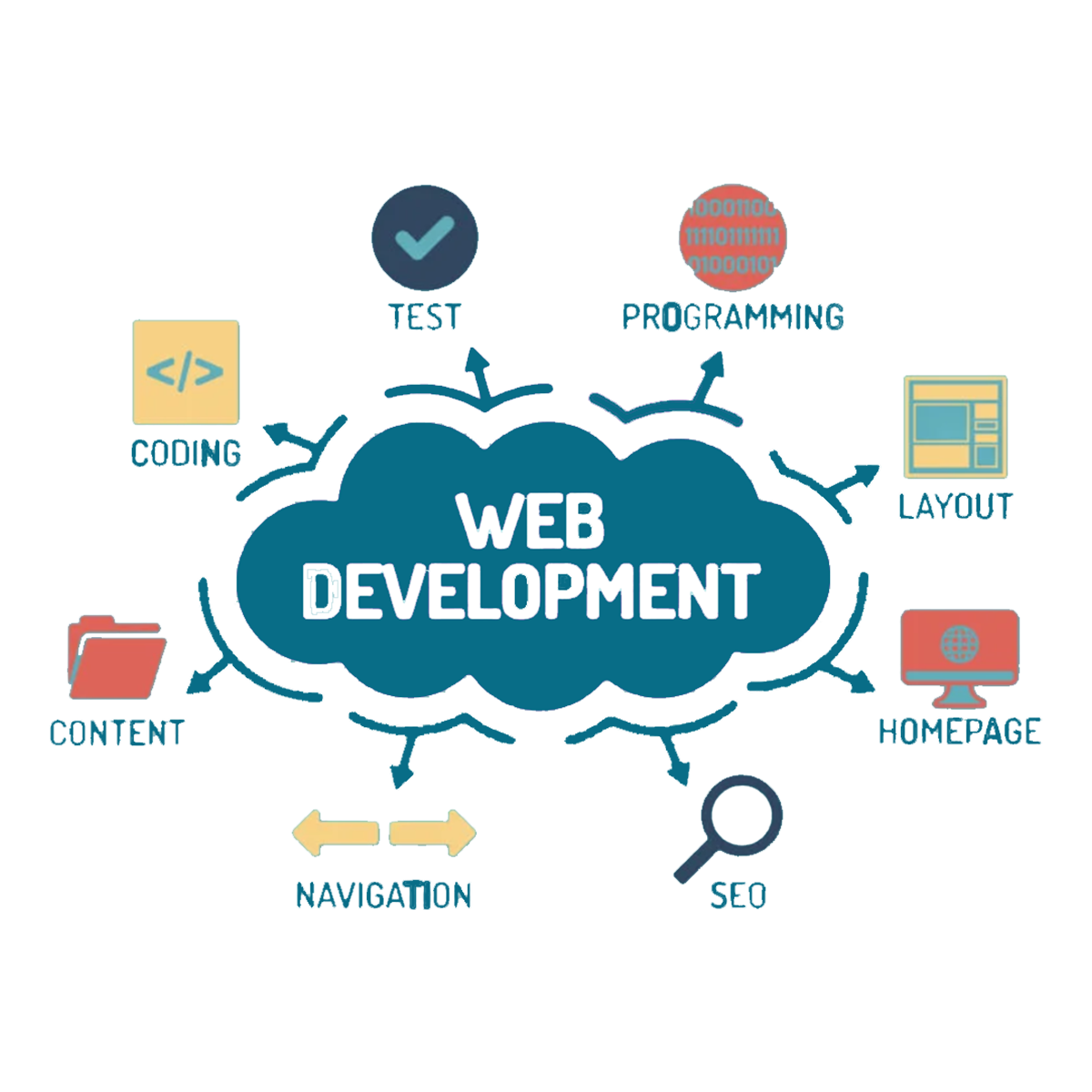Why Choose Thavertech for Web Development & Customized Applications?
Tailored Solutions for Your Business: Every business is unique; your website or application should reflect that. Our expert developers work closely with you to understand your goals, audience, and specific requirements, ensuring we create a solution that suits your needs
End-to-End Services: From designing your website to developing customized applications, we offer a comprehensive range of services that cover every aspect of web development. Whether integrating third-party APIs, creating dynamic user interfaces, or building complex applications, we have the skills and expertise to make it happen.
User-Centric Approach: We focus on user experience in everything we do. Our web development and customized applications are built with a user-first mindset, ensuring they are intuitive, fast, and easy to navigate across all devices.
Scalable & Secure Solutions: As your business grows, so should your website or application. We design scalable, secure solutions and build with future growth in mind. This means you won't need to worry about outgrowing your platform.
SEO Optimized: A beautifully designed website or application is only effective if people can find it. Our web development team builds SEO-friendly websites to help you rank higher on search engines, ensuring greater visibility and organic traffic.

Our Process
Consultation & Requirement Analysis: We begin with a thorough consultation to understand your business needs, technical requirements, and vision for the project. This is where we define the scope and objectives of the project.
Custom Design & Development: Our team of expert designers and developers then get to work, creating a visually appealing and technically sound design that aligns with your brand identity. Whether a simple website or a complex web application, we ensure it's functional and responsive.
Quality Assurance & Testing: Before we launch your website or application, we run multiple tests to ensure that it's bug-free, secure, and ready for performance at scale. We test across various devices and platforms to guarantee a smooth user experience.
SLaunch & Deployment: Once everything is perfect, we proceed with the deployment, making your website or application live and accessible.
Post-Launch Support & Maintenance: Our job doesn't end after launch. We provide ongoing support and maintenance services to ensure your website or application stays up-to-date, secure, and performing optimally as your business evolves.

Why Thavertech is the Best Web Development Company in Delhi NCR
Thavertech stands out as a trusted web development company due to our commitment to delivering solutions that are not only technically robust but also strategically aligned with our client's business goals. We combine cutting-edge technologies with a deep understanding of user behaviour to create web solutions that perform well and drive results.
Whether you need a sleek, responsive website or a complex, customized application, Thavertech is here to help you create an outstanding online presence.

Ready to Take Your Business Online?
If you're looking for a web development company that can deliver exceptional, customized solutions, Thavertech is your go-to partner. Contact us today, and let's start building something amazing together!
FAQ
-
What makes Thavertech different from other web development companies?
Thavertech stands out for our tailored approach to every project. We focus on understanding your business goals, audience, and technical requirements to deliver a personalized solution. Our end-to-end services, user-centric design, scalability, and SEO optimization ensure that your website or application looks excellent and performs effectively in the long run.
-
How long does it take to develop a website or application?
The timeline for developing a website or application depends on its complexity and specific requirements. After our initial consultation and requirement analysis, we will provide a detailed timeline for your project. We aim to deliver high-quality solutions as soon as possible while ensuring every aspect meets your expectations.
-
Will my website or application be mobile-friendly?
Yes! At Thavertech, all our websites and applications are designed to be fully responsive. This means your website or application will be optimized for all devices, providing a seamless user experience whether your customers are accessing it via desktop, tablet, or mobile.
-
Can you help with SEO for my website?
Absolutely! Our web development team builds SEO-friendly websites by incorporating the latest SEO best practices during development. We ensure that your website is optimized for search engines, improving your visibility and helping you attract organic traffic to your site.
-
Do you offer post-launch support and maintenance?
Yes, we offer comprehensive post-launch support and maintenance services. After your website or application goes live, we ensure it remains up-to-date, secure, and optimal. We provide ongoing updates, bug fixes, security patches, and performance monitoring to help your business succeed in the long term.